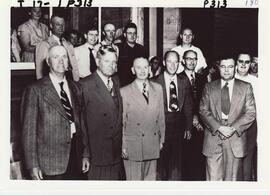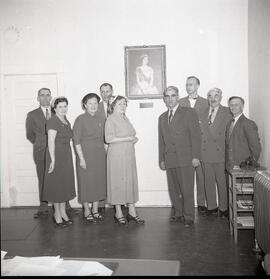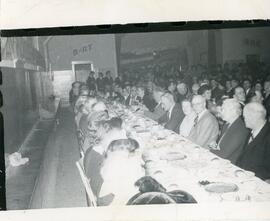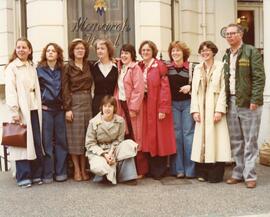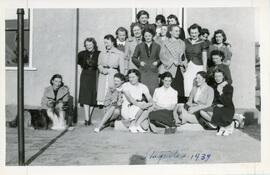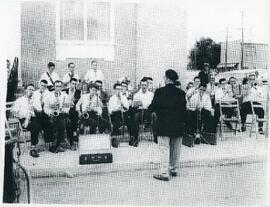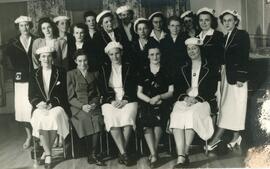- LC01
- Fondo
- 1859-1987
This fonds consists of correspondence, letters to the Editor, newspapers, newsprint, photographs, and negative pertaining to the City of North Battleford. It mostly consists of photos with captions as they appeared in the News-Optimist. Fonds is composed of the following series: Newsprint; Photographs; Textual Records; Multimedia; and Negatives.
Sin título


